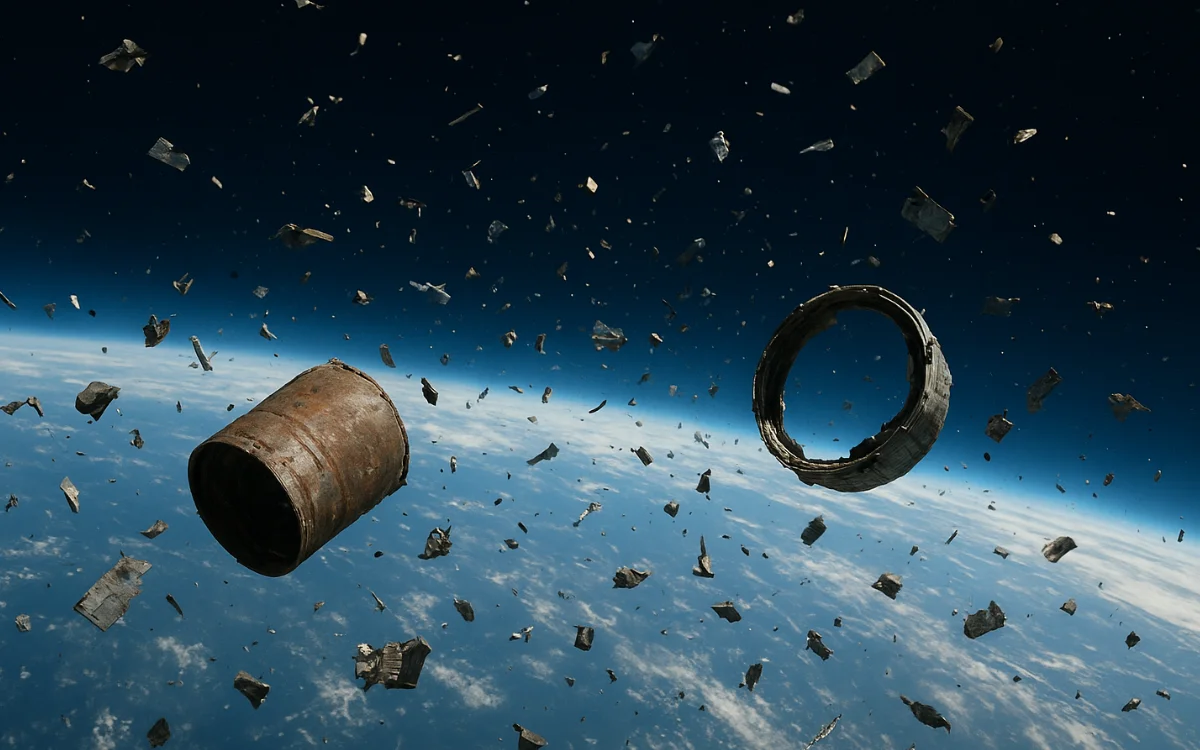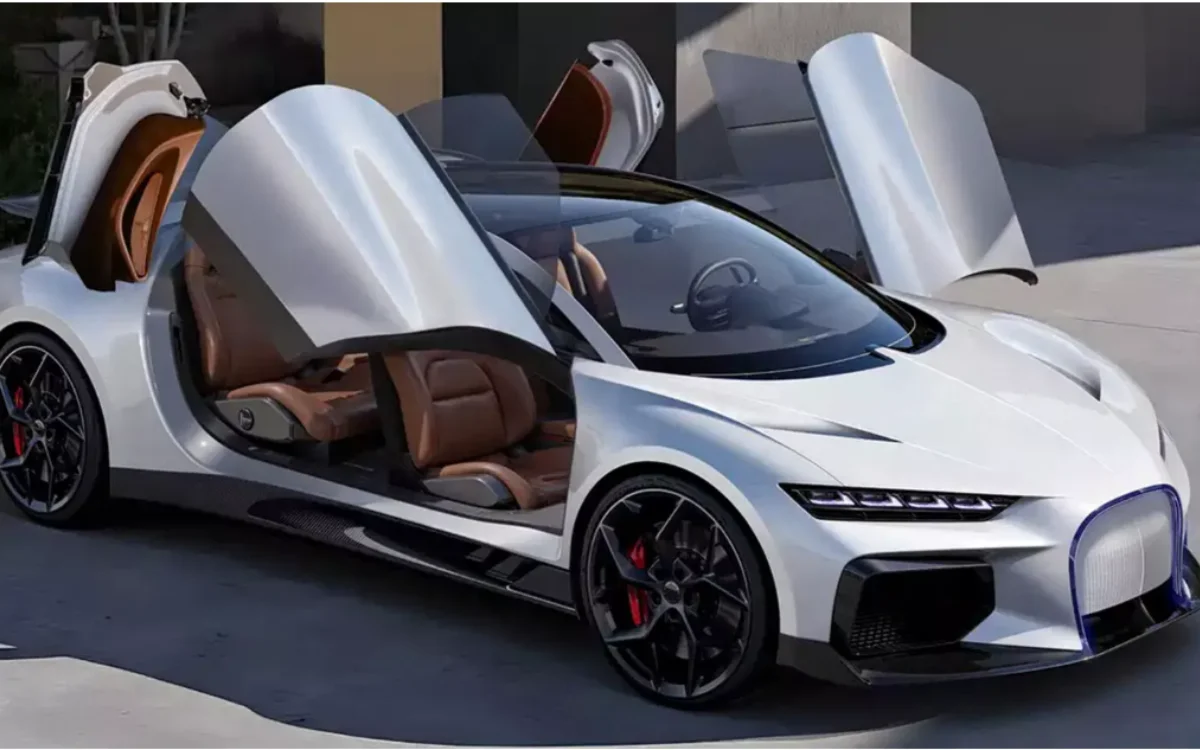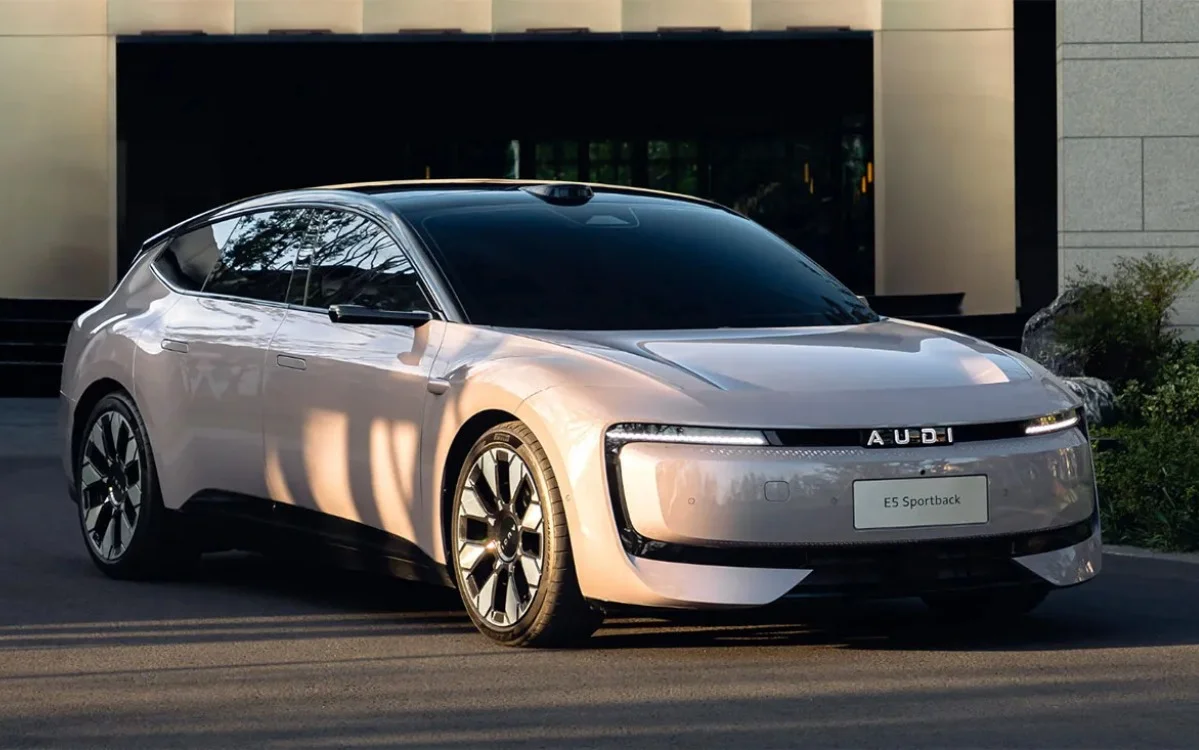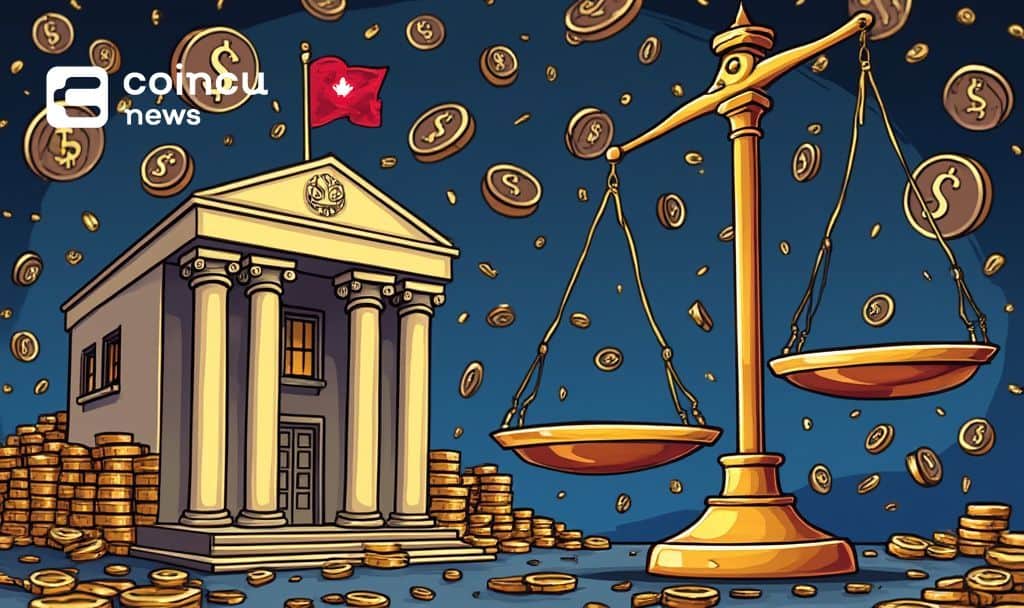The Market Has Chosen Renewables. Now We Must Build Infrastructure
The post The Market Has Chosen Renewables. Now We Must Build Infrastructure appeared on BitcoinEthereumNews.com. Workers for USP&E Global service a power station for an iron ore-mine owned by London mining in … More Marampa, Sierra Leone. The power station runs on heavy fuel. getty In a remote village in Sierra Leone, the sun dips below the horizon—but this time, the lights stay on. A solar-powered mini grid, supported by the African Development Bank, the International Renewable Energy Agency (IRENA), and local stakeholders, delivers clean electricity to homes and businesses around the clock. Once dependent on kerosene lamps and diesel generators, many villages now run on clean energy. Electricity powers schools and clinics, and small businesses have expanded—improving safety, education, and economic prospects in the process. Yet 2,000 miles away, in the Democratic Republic of the Congo and nearby countries in Central Africa, the situation is quite different. These areas also receive plenty of sunshine, but much of it goes untapped. Why? Because investors are cautious. The electric grids are fragile or non-existent. Governments often lack the creditworthiness to support large-scale green energy projects, and the cost of financing is prohibitive. Without basic energy infrastructure, these countries are unable to develop or provide universal electricity. The contrast between Sierra Leone and the DRC isn’t a question of technology or political will. It’s a crisis of infrastructure—and of a global financial system that has failed to prioritize it. Bridging the energy access gap will require hundreds of billions of dollars in additional investment by 2030, primarily in transmission and distribution systems across low-income countries. According to the International Energy Agency, global spending on clean-energy networks must increase from approximately $270 billion in 2023 to $870 billion per year by the early 2030s to meet climate and energy goals. Consider this: 570 million people in Africa and 750 million people worldwide still lack access to electricity. Francesco…

The post The Market Has Chosen Renewables. Now We Must Build Infrastructure appeared on BitcoinEthereumNews.com.
Workers for USP&E Global service a power station for an iron ore-mine owned by London mining in … More Marampa, Sierra Leone. The power station runs on heavy fuel. getty In a remote village in Sierra Leone, the sun dips below the horizon—but this time, the lights stay on. A solar-powered mini grid, supported by the African Development Bank, the International Renewable Energy Agency (IRENA), and local stakeholders, delivers clean electricity to homes and businesses around the clock. Once dependent on kerosene lamps and diesel generators, many villages now run on clean energy. Electricity powers schools and clinics, and small businesses have expanded—improving safety, education, and economic prospects in the process. Yet 2,000 miles away, in the Democratic Republic of the Congo and nearby countries in Central Africa, the situation is quite different. These areas also receive plenty of sunshine, but much of it goes untapped. Why? Because investors are cautious. The electric grids are fragile or non-existent. Governments often lack the creditworthiness to support large-scale green energy projects, and the cost of financing is prohibitive. Without basic energy infrastructure, these countries are unable to develop or provide universal electricity. The contrast between Sierra Leone and the DRC isn’t a question of technology or political will. It’s a crisis of infrastructure—and of a global financial system that has failed to prioritize it. Bridging the energy access gap will require hundreds of billions of dollars in additional investment by 2030, primarily in transmission and distribution systems across low-income countries. According to the International Energy Agency, global spending on clean-energy networks must increase from approximately $270 billion in 2023 to $870 billion per year by the early 2030s to meet climate and energy goals. Consider this: 570 million people in Africa and 750 million people worldwide still lack access to electricity. Francesco…
What's Your Reaction?




































